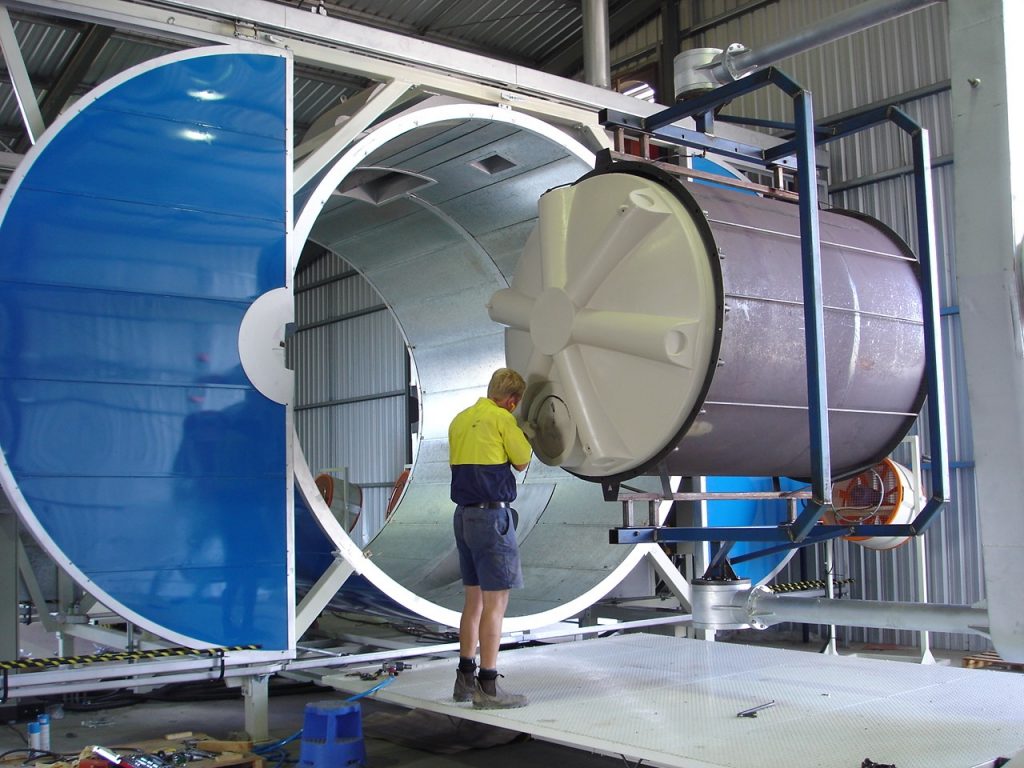Rotational molding is a versatile, safe, and efficient way of manufacturing products with engineering plastics. There are many advantages and benefits to using rotational molding, ranging from economic advantages to environmental benefits. In this article, we will examine the various advantages and benefits of rotational molding, as well as the applications of rotational molded products, innovations in rotational molding, and the environmental benefits that rotational molding can offer.
Advantages and Benefits of Rotomolding
Rotomolding is an extremely versatile and efficient manufacturing method that enables the creation of plastic products with a variety of shapes, sizes, and applications.
It offers plastic manufacturers a range of advantages and benefits, making it one of the most popular plastic processing methods.
Advantages
One of the main advantages of rotational molding is its flexibility. Using this process, it is possible to produce parts in any shape or size, as well as incorporate various features into a product to enhance performance. Additionally, the rotational molding process allows the creation of high-quality products with less material waste.
The process provides a high level of strength, making them often impact-resistant. Furthermore, the elimination of excess material ensures that the products are resistant to corrosion and weathering.
Benefits
In addition, the benefits of rotomolding are numerous. The process is simple and highly efficient, which means manufacturers can reduce production costs and offer higher-quality products at more affordable prices.
Furthermore, rotational molding allows customization according to the specific needs of each customer, enabling the creation of personalized and unique products.
Strength and Durability
These are two of the benefits of rotomolding. This molding technique provides high mechanical strength to materials when heated and hardened through the rotational molding process. This makes rotational molded products extremely robust, durable, and stable even when exposed to extremes of heat and cold.
The strength and durability of rotomolded products are much higher than those molded by blow molding or injection molding, rarely presenting structural defects that could affect performance or durability.
Low Tooling Costs
This is another benefits of rotomoldingThe major advantage is that, despite having low tooling costs, rotomolding produces high-quality results. The process is also extremely versatile and can produce a variety of shapes, sizes, and thicknesses with excellent quality results.
Moreover, this process does not require much time to set up, making it highly efficient. Thus, low tooling costs are one of the main benefits of rotomolding.
Low Production Costs
This is one of the factors that makes rotational molding appealing to manufacturers.
This technique is beneficial because it does not require the installation of expensive molds, fillers, and other equipment.
The initial installation costs are generally lower, and the cost per piece is lower compared to other manufacturing processes. Here are other reasons why this is possible:
- Lower Pressure and Temperature: Unlike processes like plastic injection, rotational molding does not require extremely high pressures or elevated temperatures. This simplifies mold manufacturing, reducing costs associated with special high-strength materials and complex machining processes.
- Mold Material Cost: In some cases, the material used in the manufacturing of molds for rotational molding can be more affordable than those required for processes that demand higher thermal and structural resistance.
- Manufacturing Process: Molds for rotational molding may require less labor and time in the manufacturing process, especially when employing less complex machining methods
However, it is important to note that the cost comparison of molds may vary depending on the complexity of the part, specific production requirements, and quantities involved.
In specific cases, rotational molding can offer significant economic advantages, but it is necessary to evaluate each application individually to determine the best cost-effective approach.
Easy Maintenance and Repair
This is one of the main benefits of rotomolding. Due to the modern method of rotomolding, the produced products are delicate and resistant to weathering.
This means lower maintenance and repair costs compared to identical products produced by other techniques. Additionally, rotomolded products are more resistant and have smoother surfaces, which improves impact resistance and reduces the chances of damage and noise during handling.
Extended Lifespan
These characteristics increase the lifespan of the products. Furthermore, maintenance and repair of rotomolded products are easier and faster because, due to the simplicity of the products, fewer parts and accessories are required. This allows for a reduction in the overall.
Environmentally Friendly
The benefits of rotomolding can be felt during the production process, especially when it comes to plastic materials.
Since rotomolding does not involve the removal of material parts, it is more efficient and consumes less energy than other manufacturing techniques.
Less Pollution
Furthermore, rotomolded plastic does not contain metals, paints, adhesives, or any other attached materials, making it much more environmentally friendly.
The use of less polluting alternatives for manufacturing products contributes to the reduction of greenhouse gas emissions, helping to mitigate global warming.
Flexibility
Rotomolding offers manufacturers the flexibility to create a variety of designs and sizes, and it enables the handling of parts with highly precise details.
Customized Products
This flexibility also makes rotational molding ideal for custom projects, allowing manufacturers to create tailored solutions for various applications. Parts can be made in single volumes or large quantities, with colors and textures that can also vary.
The flexibility of rotomolding is one of its greatest benefits benefits of rotomolding for manufacturers.
Applications of Rotomolded Products
A Rotomolding is a manufacturing technique that offers numerous benefits para uma série de produtos em diversos setores industriais. Podemos usá-la para fabricar produtos como recipientes, tanques, caixas, contêineres e outros que exigem maior resistência e durabilidade.
One of the great benefits of rotomolding is the ability to create high-quality products designed to meet customer needs. It allows for the production of perfectly finished products that can withstand strong impacts and resist weathering and corrosion.
PERFECT FOR OUTDOOR ENVIRONMENTS
Rotomolded products are also suitable for outdoor use, as they are resistant to weather conditions and chemical reactions, making them suitable for equipment and materials in humid areas.
Furthermore, products created through rotomolding are extremely lightweight and durable. This characteristic is ideal for various applications, including those associated with agriculture, construction, mobility, and even resistance to high noise levels. This feature also means that the products are easier to transport, store, and install.
Among the products that can be manufactured in series through rotomolding, we can include:
Chemical storage tanks
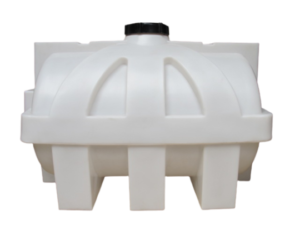
Agricultural equipment
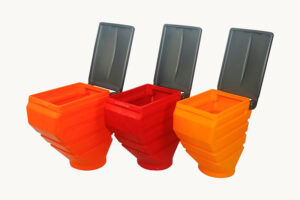
Children's toys
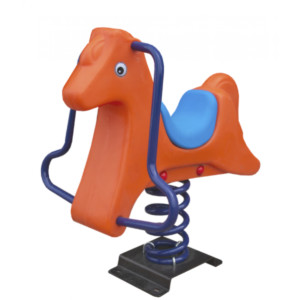
Garden furniture
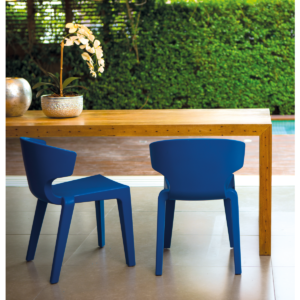
Playgrounds
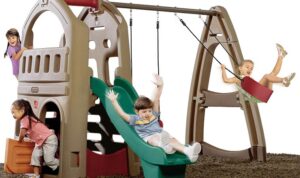
Storage boxes
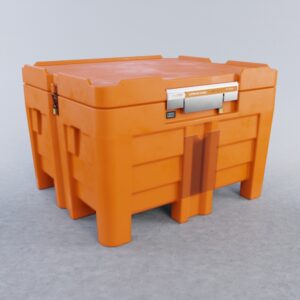
Innovations in Rotomolding
Due to increasing demand, rotomolding companies have developed innovations and improvements to enhance productivity and product quality
One of the major developments in rotomolding is the inclusion of new molding techniques, such as multi-layer rotational molding and cooling rotational molding. These techniques allow molders to create more complex and detailed parts from plastic materials. Additionally, these techniques offer lower production costs and shorter lead times, making rotomolding even more accessible to the general public.
Benefits of Recycled Products
Another innovation in rotational molding is the use of recycled materials. These materials create plastic parts with less environmental impact. Recycled materials are also cheaper than more common plastic materials. Furthermore, in recent years, rotational molding has undergone significant advancements, making it one of the most popular techniques in the market.
Automation is another Benefit
Automation has been one of the main drivers of this evolution. Automation technology allows machines to perform tasks automatically, optimizing the production process to increase efficiency and product quality.
Environmental Benefits of Rotomolding
A Rotomolding offers significant benefits to the environment as it is a non-toxic manufacturing process that does not emit gases or other harmful emissions into the atmosphere.
The process is energy-efficient, with controlled heat generation and efficient heating of the product being manufactured. Rotomolding can also be efficient in material usage, as the materials used can be recycled, reducing the need for natural resources.
Material Recycling
Additionally, many plastic materials produced through rotomolding can be recycled and used again in other products.
The rotomolding process meets legal requirements regarding pollution since it does not emit pollutants into the atmosphere. Therefore, companies that choose to use rotomolding to produce their products can benefit from cost savings and reduced environmental impacts.
Conclusion
In conclusion, rotomolding is a manufacturing technique that offers several advantages for production processes. Throughout this article, we have discussed the main advantages and benefits of rotomoldingincluding strength and durability, low tooling costs, low production costs, ease of maintenance and repair, flexibility, applications, innovations, and environmental benefits.
Overall
Therefore, with everything that has been presented, we can affirm that rotational molding can be an excellent option to increase the productivity of your processes, as it offers significant gains such as strength, cost reduction, ease of maintenance, part flexibility, product applications, and, especially, environmental benefits.
Therefore, it becomes a highly interesting technique to be adopted in various industrial sectors.

